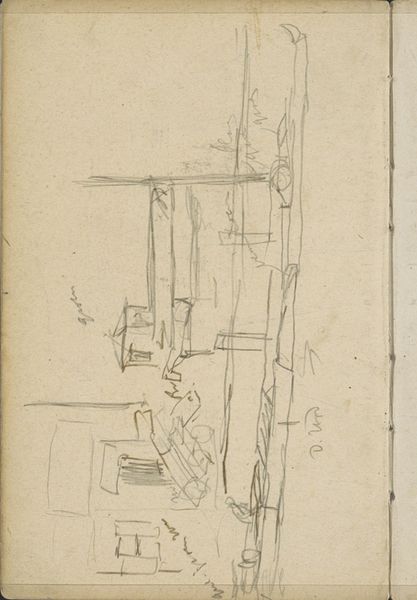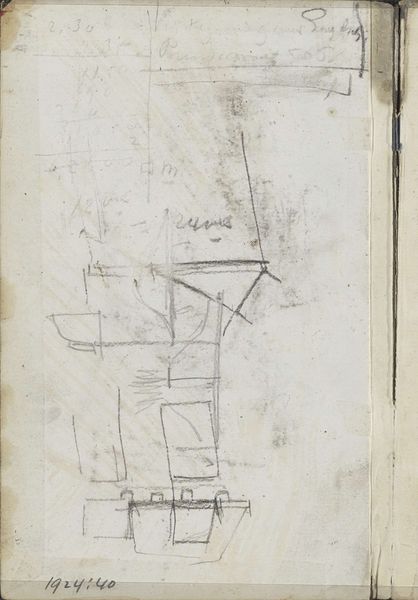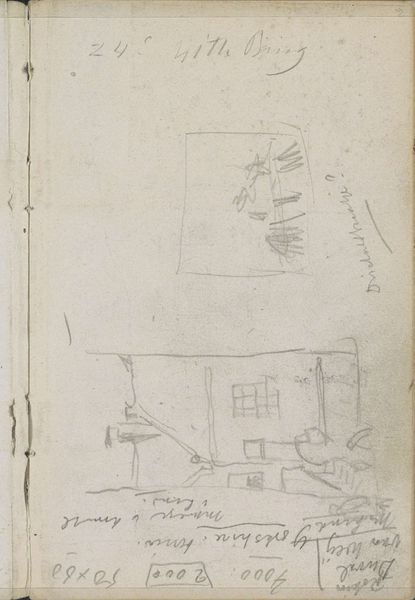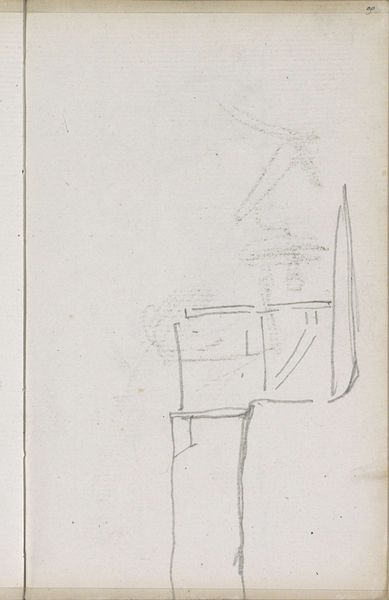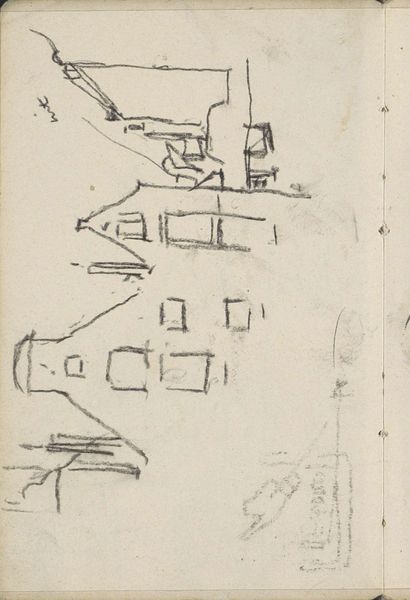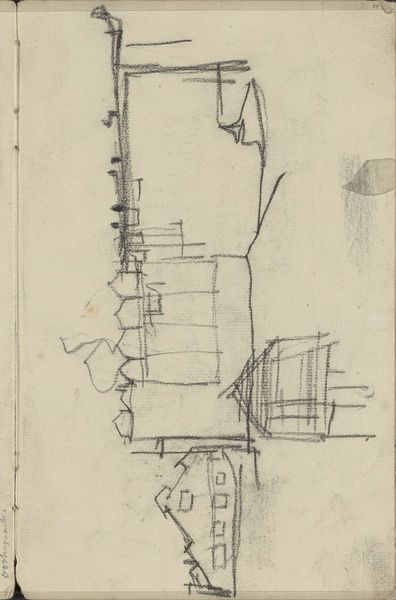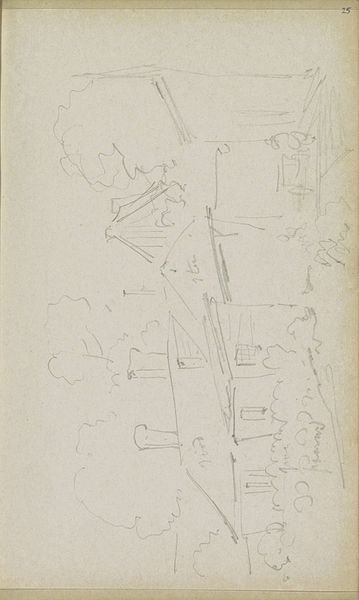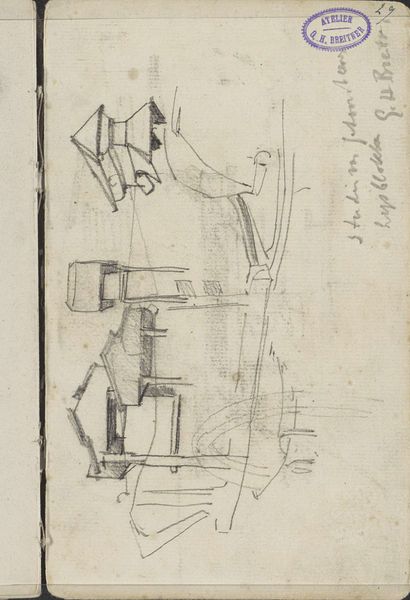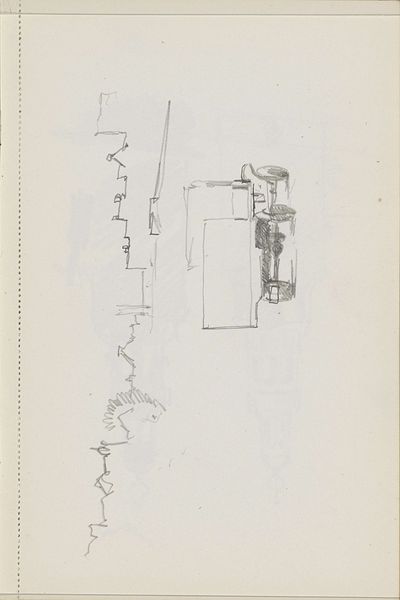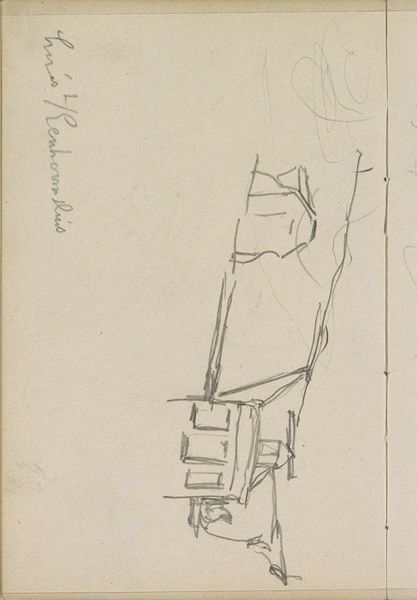
#
architectural sketch
#
amateur sketch
#
sketched
#
sketch book
#
incomplete sketchy
#
hand drawn type
#
personal sketchbook
#
sketchwork
#
detailed observational sketch
#
initial sketch
Copyright: Rijks Museum: Open Domain
George Hendrik Breitner made this sketch of a farmhouse, Boerderij, as part of his exploration of the Dutch landscape. Breitner was a key figure in the Amsterdam Impressionism movement of the late 19th century, marked by its gritty depictions of urban life and its rejection of romanticized views of the countryside. It's fascinating to consider Breitner’s focus on the working class and everyday life in a society undergoing rapid industrialization. There is an emotional tension in this piece: while the Dutch countryside is typically seen as a symbol of national identity and pride, Breitner approaches it with an eye for the realities of rural labor and the changing social landscape. How does the choice to use a quick sketch rather than a detailed painting reflect Breitner’s perspective on these subjects? This sketch offers a window into the artist's social commentary and personal reflections on a transforming world. It prompts us to consider the narratives we construct around identity and place.
Comments
No comments
Be the first to comment and join the conversation on the ultimate creative platform.
